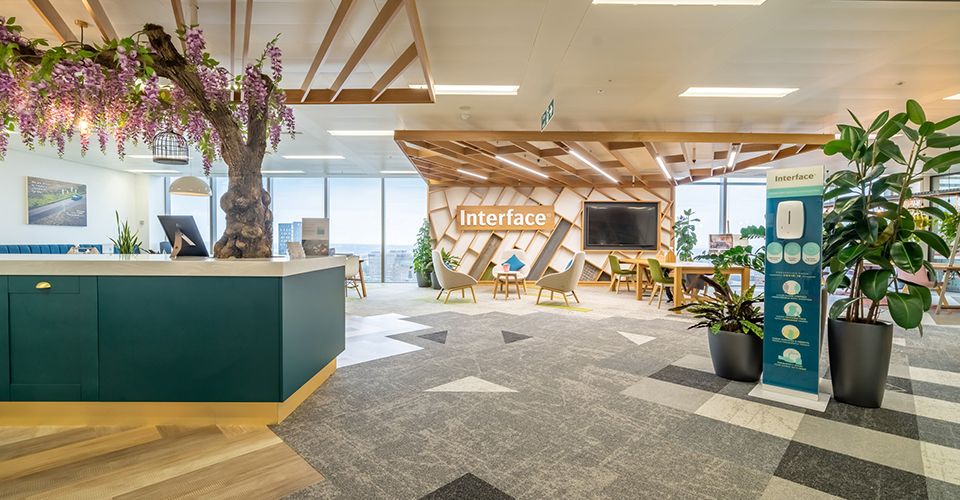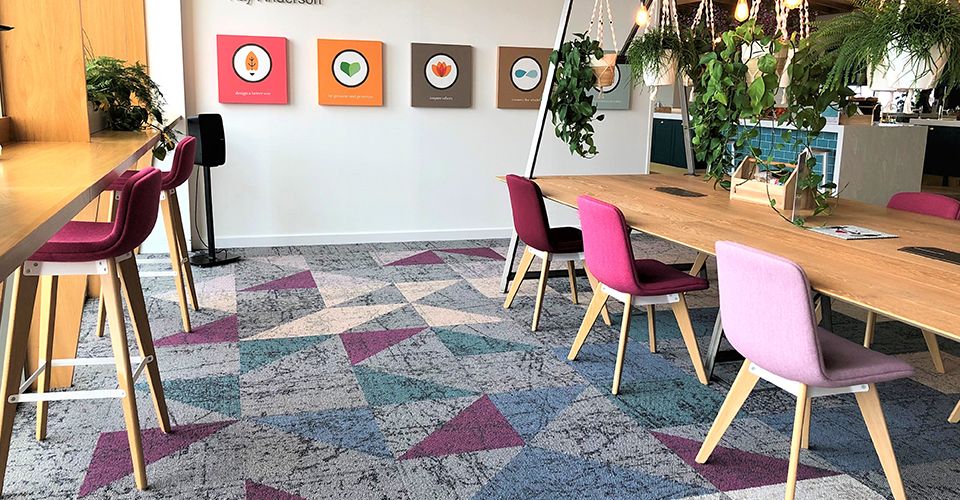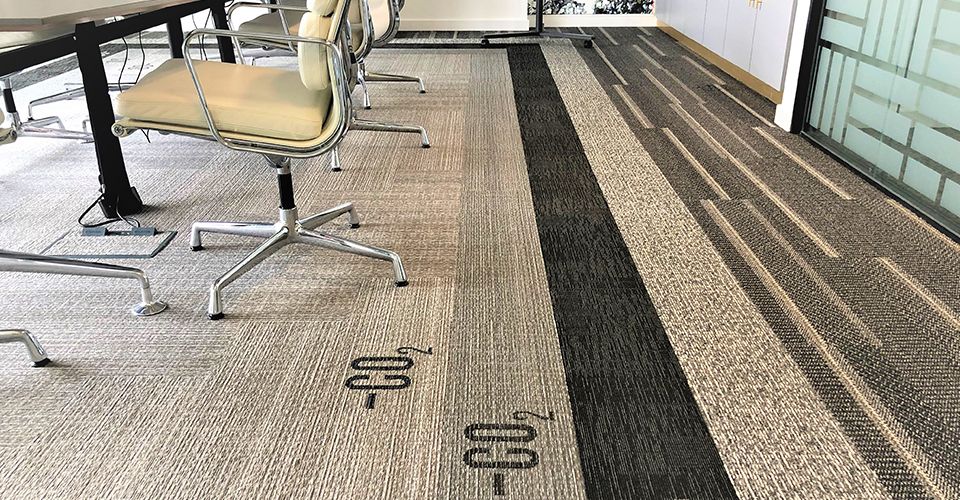Since the pandemic, there has been much talk and conjecture about how the office will look when we return. So many questions surround the way we will work and what the workplace will look like. So, what is the reality going to be?
Steelcase have recently published a Global Report – “Changing Expectations and the Future of Work” – which explores important issues facing organisations as a result of COVID-19. There are some fascinating insights. One thing is clear, “the Pandemic [has] changed fundamental patterns in our lives, accelerating existing trends and revealing new, unmet needs.”1
Whilst the report recognises that there are a multitude of factors that have affected people’s experiences of working from home, the data outlines some clear consistencies across the globe which can inform the way we think about our workplaces. Although 8 of 10 countries reported the lack of commute as being a top benefit of working from home – indicating an element of flexibility may be a feature of future offices, all 10 countries reported the feeling of isolation as their biggest challenge. This alone is evidence of the importance of workplace settings which foster collaboration and the wellbeing of employees. Whilst the use of various digital platforms has been a welcomed trend acceleration in many ways, it cannot replace the connection we feel when we physically come together. This idea is reinforced by the most wanted attribute of the future office, “a sense of Team Belonging”.2
A strong workplace community
At Interface we know that Team Belonging can be achieved by creating strong communities within the workplace, and our UK offices – The Greenhouse Birmingham, The Mill in Halifax, and our Dublin office and showroom in Ireland – are all designed to do just that. Organisations with stronger communities tend to see lower employee churn, higher economic return, increased collaboration and an increased sense of passion and purpose.3 Designing to achieve this sense of team belonging can include zoning as well as using biophilic principles to support the ebb and flow of different working styles to maximise innovation, growth and productivity.
Creating identities within zones
Zoning can encourage a feeling of emotional safety by understanding what a space is for and how it is used, using colour, pattern and materials that are natural and relate to the environment. The floor is a great place to start, as it is the largest surface area that you have as a designer to make an impact. The floor is the connector of people and functions and can even enhance your wellbeing. Our modular flooring is designed to be installed tile by tile, so that designers can be creative, allowing them to use the flooring as a tool to influence how the occupants move and behave, taking into consideration distancing guidelines. Through colour and design the floor layout can provide a route and a journey through the space and help promote wellbeing through biophilic design and to provide zoning and wayfinding.
Another way to elevate community hubs is by opening up the space to create soft boundaries encouraging engagement and community by not closing anyone out. The use of bookshelves, soft fabrics, different textures and low walls or glass to provide boundaries instead of solid walls.
Initiating collision spaces in unexpected places can help to encourage small, incidental, but often insightful meetings. Facebook’s new eco-friendly offices are designed in a way that you cannot walk through the space without bumping into people.
Other exciting initiatives like growing spaces or small gardens indoors or outdoors, get people involved, this encourages a group feeling and a commitment, long term relationships and bonding as the group come together to nurture and grow plants.
Also to create Sensory Spaces as well as appealing to our sight, smell, touch, sound and taste. The smell of freshly made coffee, fresh cut flowers, and green walls can add visual texture as well as stimulate a range of other senses.
The growth of ‘resi-mercial’
Offices are continuing to adapt and are striving to create more flexibility in the workplace, providing spaces which feel much more homely, and much less corporate, with a real focus on occupant wellbeing – the ‘resi-mercial’ trend.
We see colour palettes, textures and furnishing choices all becoming much softer and more inviting, with curved lines and variations in texture. This trend has inspired our new LVT, Iridescence, and softer colour palette to our best-selling Ice Breaker range, which have been incorporated into our Birmingham Showroom. Iridescence is a collection made up of both neutrals and soft pastels with a unique water colour like texture and infused with powdery pigments. The rainbow of colour in the main walkway is a big welcome back to our colleagues.
Sitting alongside Ice Breaker, we see how these two products can be successfully co-ordinated. With colour blocking in powdery peaches and pinks close to the walkway and then a more broken or pixilated effect as you move closer to the windows, with the colour floating on a base of Ice Breaker Amethyst.
Awareness of our environment
Our connection to nature and its positive effects on our wellbeing have been even more apparent during the last 18 months, but how can we have a positive impact in our everyday? Together, building and construction accounts for approximately 39% CO2 emissions.4 As part of Interface’s ongoing sustainability journey, we are on a mission to help you reduce the amount of CO2 in your workplace; we have installed our first carbon negative range, Embodied Beauty, which can be seen in the main board room and in the smaller meeting rooms in Birmingham. All our products are carbon neutral throughout their lifecycle, helping you make the most sustainable design choices.
Seeing these new products installed is the only way to get full appreciation. Similar to taking a snapshot of a beautiful scene or mountain range, somehow it never quite captures the true feeling of having actually been there!
The research tells us the office remains such an important part of work culture, bringing us together and creating a feeling of belonging, so that your job has meaning and relevance to you as the employee and to the company you work for. The future in the office may begin to look a little bit like our cars – a hybrid version, with more to unfold as time goes on. The success stories will be the ones that get this balance right and create a work culture that allows individuals come together in a safe space to be innovative and creative – and part of something special.
References
1 360° Steelcase Global Report “Changing Expectations and the Future of Work Insights from the pandemic to create a better work experience”, (Steelcase, 2021, p3)
2 360° Steelcase Global Report “Changing Expectations and the Future of Work Insights from the pandemic to create a better work experience”, (Steelcase, 2021, p4-p12)
2 Oliver Heath, Victoria Jackson and Eden Goode, “Creating Positive Spaces By Designing For Community” (Interface, 2018, p14)
3 WGBC + International Energy Agency – as cited by the UN






